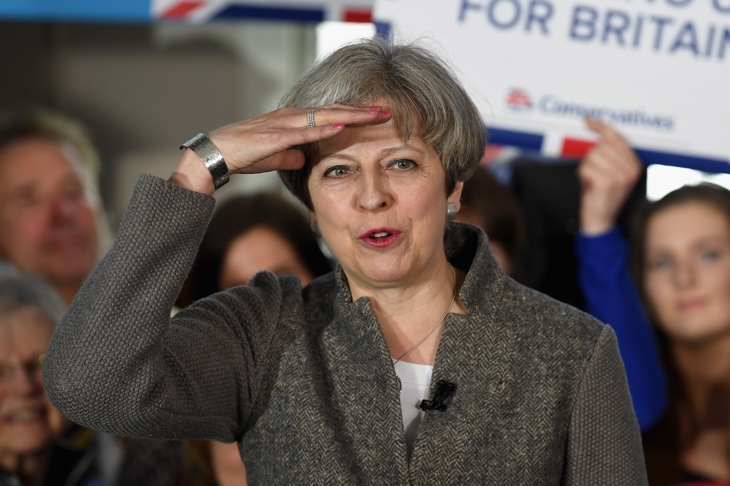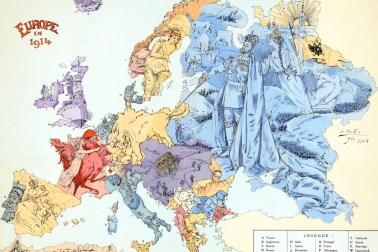How the seats have changed:
And how did the pollsters do? There will have been champagne corks popping at Survation last night – and sorrows being drowned at BMG and ICM:
Labour recorded their biggest increase in the share of the vote since 1945:
Turnout was up, with a widespread belief that young voters turned out en masse. But actually, turnout was the 5th lowest of any general election since 1945:
Highest turnouts
| 1950 | 83.9% |
| 1951 | 82.9% |
| February 1974 | 78.8% |
| 1959 | 78.7% |
| 1992 | 77.7% |
Lowest turnouts
| 2001 | 59.4% |
| 2005 | 61.4% |
| 2010 | 65.1% |
| 2015 | 66.1% |
| 2017 | 68.7% |
In spite of failing to secure a majority Theresa May won a higher share of the vote than any party since 1945 and higher than a Conservative government since Mrs Thatcher’s landslide in 1983
| Year | Con vote share | Lab vote share |
| 2017 | 42.4% | 40.0% |
| 2015 | 36.9% | 30.4% |
| 2005 | 32.4% | 35.2% |
| 2001 | 31.7% | 40.7% |
| 1997 | 30.7% | 43.2% |
| 1992 | 41.9% | 34.4% |
| 1987 | 42.2% | 30.8% |
| 1983 | 42.4% | 27.6% |
Bluffers have been vindicated: the two-party system is back:
Which parties got the best and which get the worse deal out of the electoral system?
Votes received for every seat won
| SNP | 27,930 |
| Conservative | 42,927 |
| Labour | 49,266 |
| Lib Dem | 197,254 |
| Green | 524,604 |
Ukip notched up 593,852 votes but won no seats
What about the popular vote of the parties who didn’t make it into the TV debates?
| Yorkshire Party | 20,958 |
| National Health Action | 16,119 |
| Christian People’s Alliance | 5,869 |
| British National Party | 4,642 |
| Women’s Equality Party | 3,580 |
| Monster Raving Loony Party | 3,890 |
| Pirate Party | 2,321 |
| English Democrats | 1,913 |
| Workers’ Revolutionary Party | 771 |
| Social Democratic Party | 469 |

Britain’s best politics newsletters
You get two free articles each week when you sign up to The Spectator’s emails.
Already a subscriber? Log in






Comments
Join the debate for just £1 a month
Be part of the conversation with other Spectator readers by getting your first three months for £3.
UNLOCK ACCESS Just £1 a monthAlready a subscriber? Log in